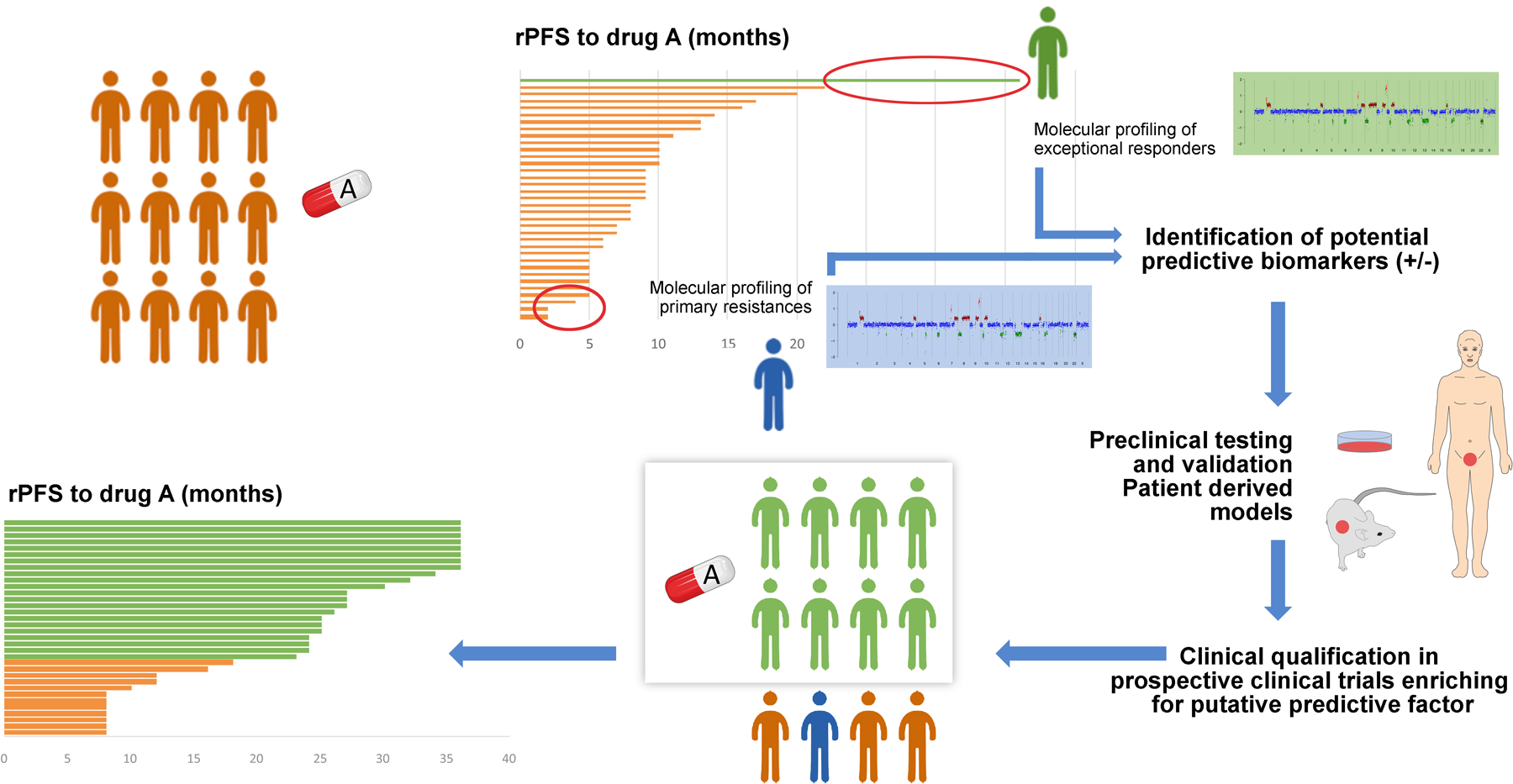Figure 4. Learning from exceptional responders.

The diagram represents how the study of exceptional responders can lead to advances in prostate cancer treatment. In the top left, a group of patients with prostate cancer receive treatment “A”. The swimmers plot shows how only some patients (in green) achieve a long-lasting response, whereas other patients (in blue) are primarily resistant to drug “A”. Comparing the molecular profiles of sensitive (green) vs resistant (blue) patients may lead to identification of putative relevant predictive biomarkers of response and resistance, to be validated in functional laboratory studies (right panel). Biologically validated biomarkers would then be tested back in clinical trials for clinical qualification, ideally enriched for those patients presenting the biomarker of interest (“green” patients in the figure). If qualified, this enrichment would lead to improved outcome on treatment “A” for patients with the putative biomarker (waterfall plot in the bottom left panel). rPFS: radiographic progression-free survival
